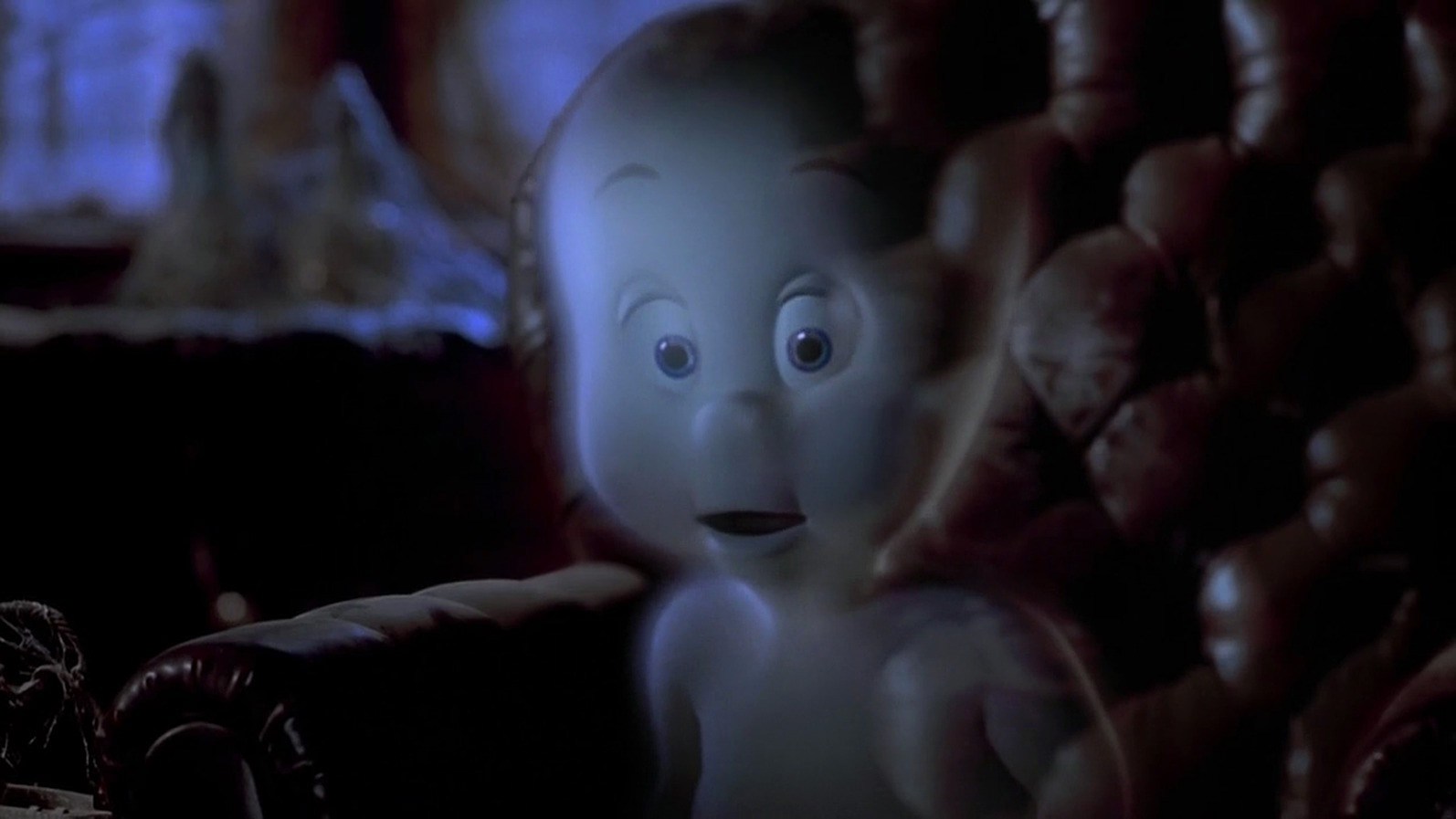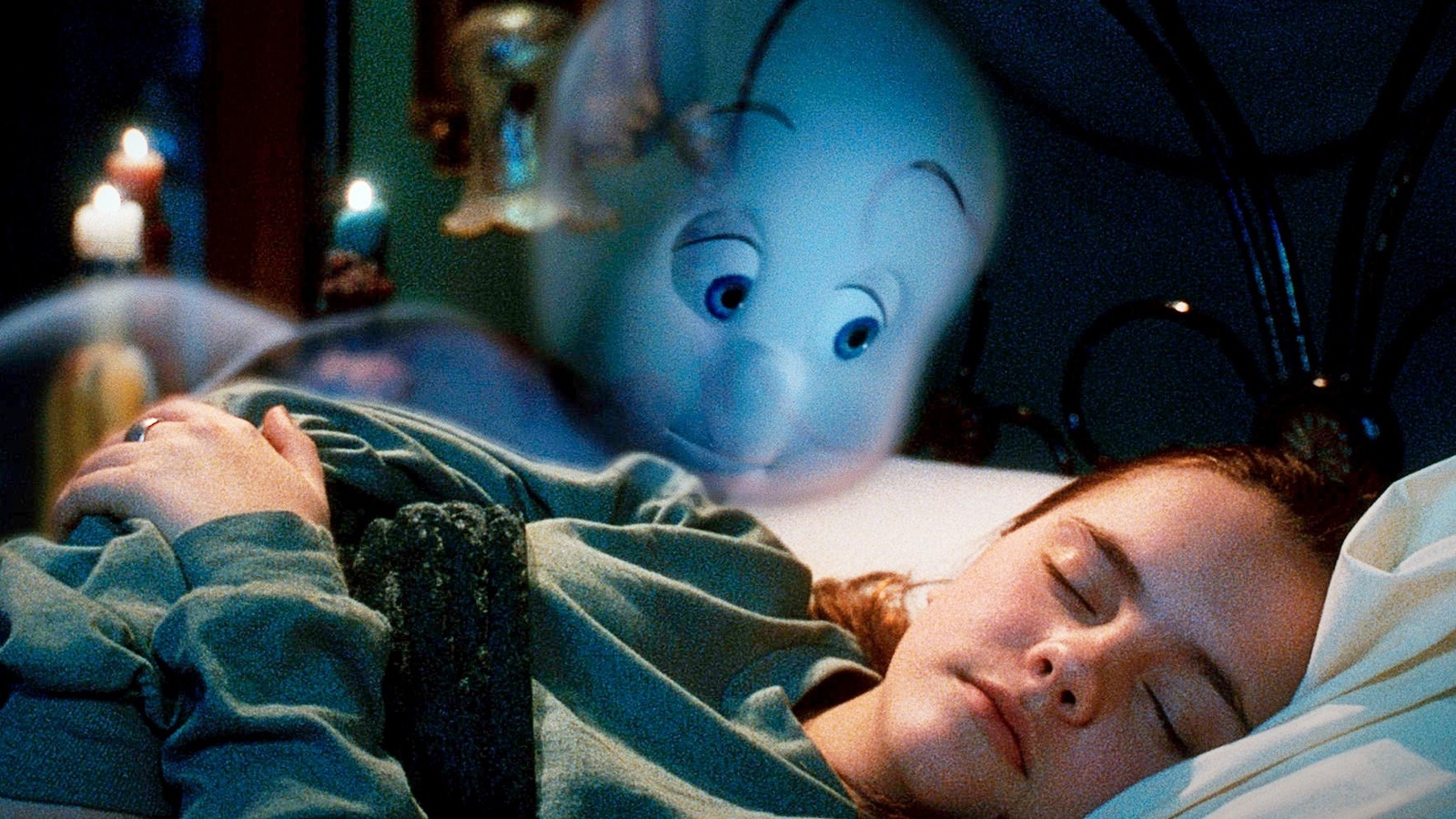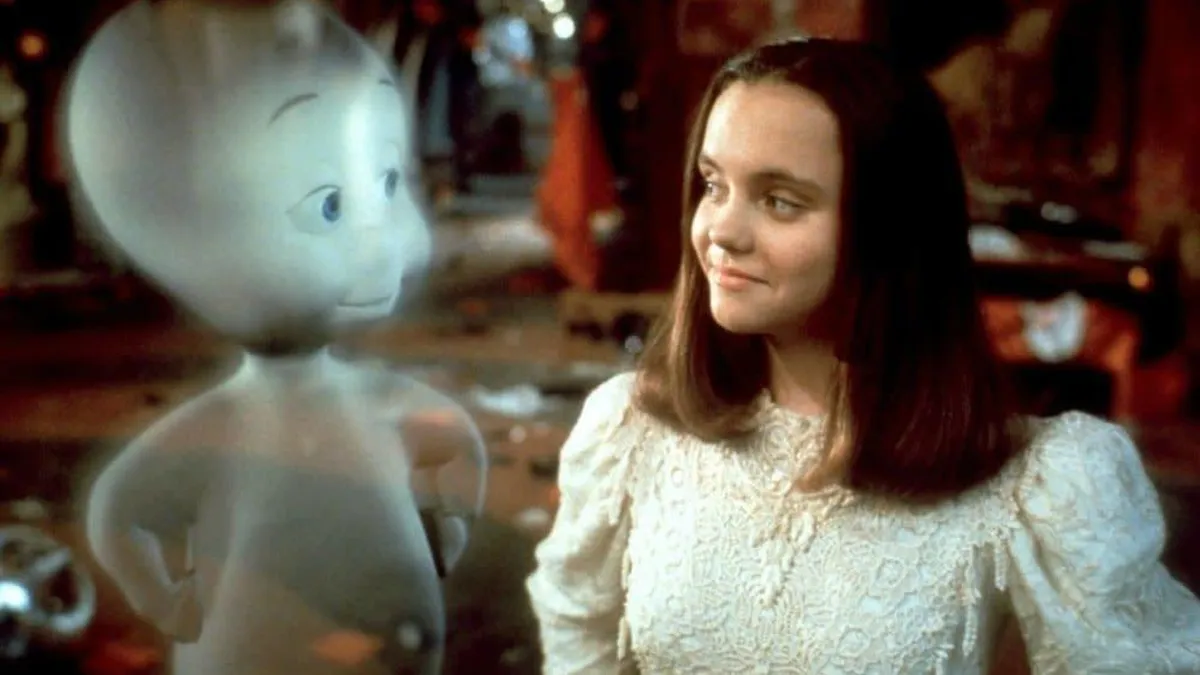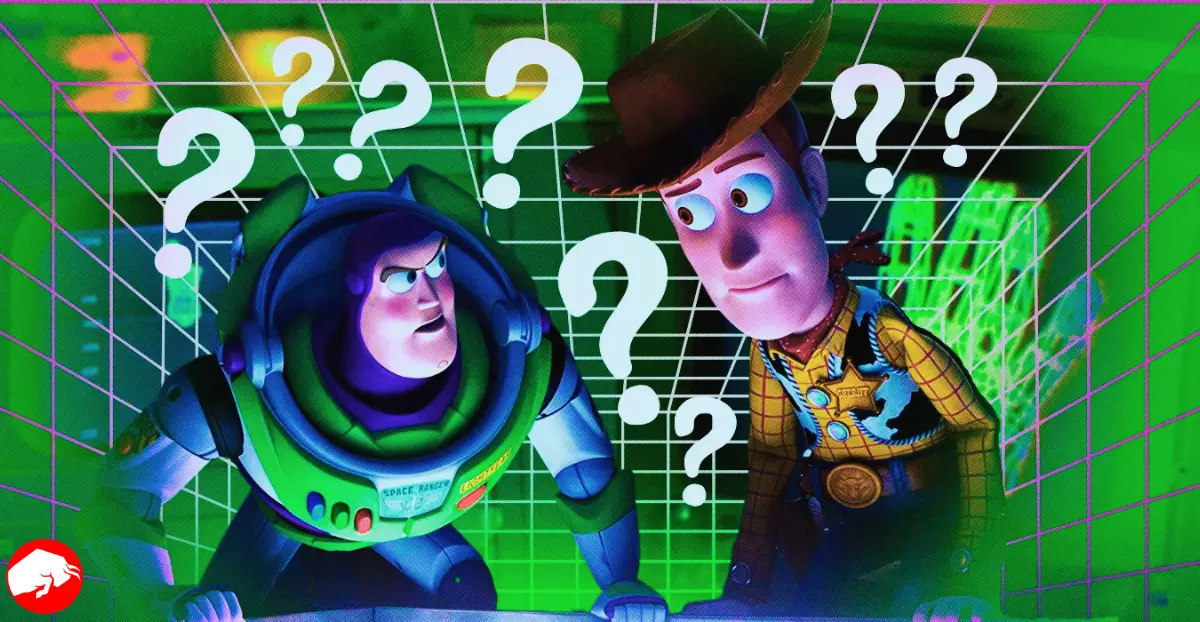As we journey through the annals of cinematic history, 1995 stands as a year of transformation—an era when the film industry witnessed an unprecedented leap in technology—this year introduced audiences worldwide to the phenomenon of computer-generated imagery (CGI) through two distinct films.
While Pixar’s Toy Story is widely recognized as the pioneer for being the first full-length film entirely animated through CGI, another film silently rewrote the rules of the CGI game that same year. Brad Silberling’s Casper, the friendly ghost, arrived on the silver screen six months before Toy Story, laying the groundwork for a new precedent: the first-ever fully CGI lead character.
The CGI Pioneers: Casper and Toy Story
Computer-generated imagery, an omnipresent component of today’s cinema, had humble beginnings. For many, the thought of a groundbreaking CGI movie would conjure images of Woody, Buzz Lightyear, and their animated toy companions embarking on an adventure in Toy Story. Indeed, John Lasseter’s masterpiece was an extraordinary leap in animation that changed the cinematic landscape forever.
However, as we pay homage to Toy Story, it’s equally essential to remember Casper, which quietly floated onto the scene and took CGI advancements to new heights by featuring a lead character entirely crafted with computer graphics.
“The Christina Ricci-lead film about a ghost in search of a friend (or maybe a girlfriend?) also deserves its own place in the chronicles of CGI history.”

Crafted with precision by George Lucas’ Industrial Light & Magic and voiced by Malachi Pearson, the character of Casper emerged on screen through an intricate live storyboarding process. The result was a visually appealing character who balanced the line between a realistic and cartoonish appearance.
Unraveling the Plot: An Intricate Mélange of Haunting Tales
The narrative of Casper is as fascinating as its technical advancements. Set against the backdrop of an old mansion haunted by spirits, the plot unfolds with heiress Carrigan Crittenden (Cathy Moriarty) hiring a ghost therapist, Dr. Harvey (Bill Pullman), to cleanse her property of its spectral inhabitants.

As Dr. Harvey and his daughter Kat (Ricci) move into the haunted Whipstaff Manor, they find themselves entangled in a rollercoaster ride of supernatural shenanigans involving hidden treasures, unexpected deaths, and a machine capable of resurrecting the dead.
Casper’s $55 million budget covered its ambitious visual effects and roped in A-listers like Clint Eastwood, Dan Aykroyd, and Mel Gibson for cameo roles. Director Brad Silberling’s claim that a single scene in Casper demanded more CGI work than the entirety of Jurassic Park demonstrates the extraordinary technological effort poured into the film.
Behind the Scenes: An Animation Feat for Casper
The inception and execution of Casper’s breakthrough animation were both challenging and time-consuming due to the technological constraints of the era. Unlike today, advanced previsualization tools that allow filmmakers to envision the final result of a CGI-infused scene weren’t readily available in the mid-90s. Animation Director Phil Nibbelink innovatively used live 2D animatics to circumvent this hurdle, thereby providing the cast and crew with a glimpse of the final result.
“By the time they’d done a run-through, I’d have all the Caspers properly drawn…Then they would play back the video with my drawings overlaid and check if the eyes were lining up and if the prop hand-offs were working and if everyone was in position,” – Phil Nibbelink.
Nibbelink’s contribution to Casper’s animation process was invaluable, enabling the cast to interact seamlessly with the CGI characters and paving the way for a synchronized final cut that blurred the line between animation and live-action.
A Timeless Classic: The Enduring Legacy of Casper
Despite the obstacles and meticulous craftsmanship required, the dedicated efforts behind Casper paid off. The film was a commercial success, grossing over $287 million worldwide, and gave birth to two direct-to-video sequels. While neither sequel could replicate the original’s meticulous CGI brilliance, the original Casper continues to charm audiences with its timeless visual appeal.

Though executed nearly three decades ago, the interactions between Casper and Kat remain impressively seamless to the modern viewer. Casper was ahead of its time, pioneering a unique approach to design that struck a balance between realism and a cartoonish appearance. This balance was key to appealing to audience nostalgia while introducing a fresh perspective on the iconic character.
As we reflect on the significant impact of Casper, it’s clear that its contributions to the film industry are as innovative as they are charming. The film is a testament to the industry’s creative resilience and the potential of technology in crafting unforgettable cinematic experiences.
While Toy Story may dominate the CGI conversation, let’s not forget to pay our respects to the friendly ghost that broke the CGI glass ceiling and carved a path for the countless digital characters we see in today’s films. Looking back, we are reminded of the power of technology and creativity and how their fusion can lead to groundbreaking moments in cinema.









